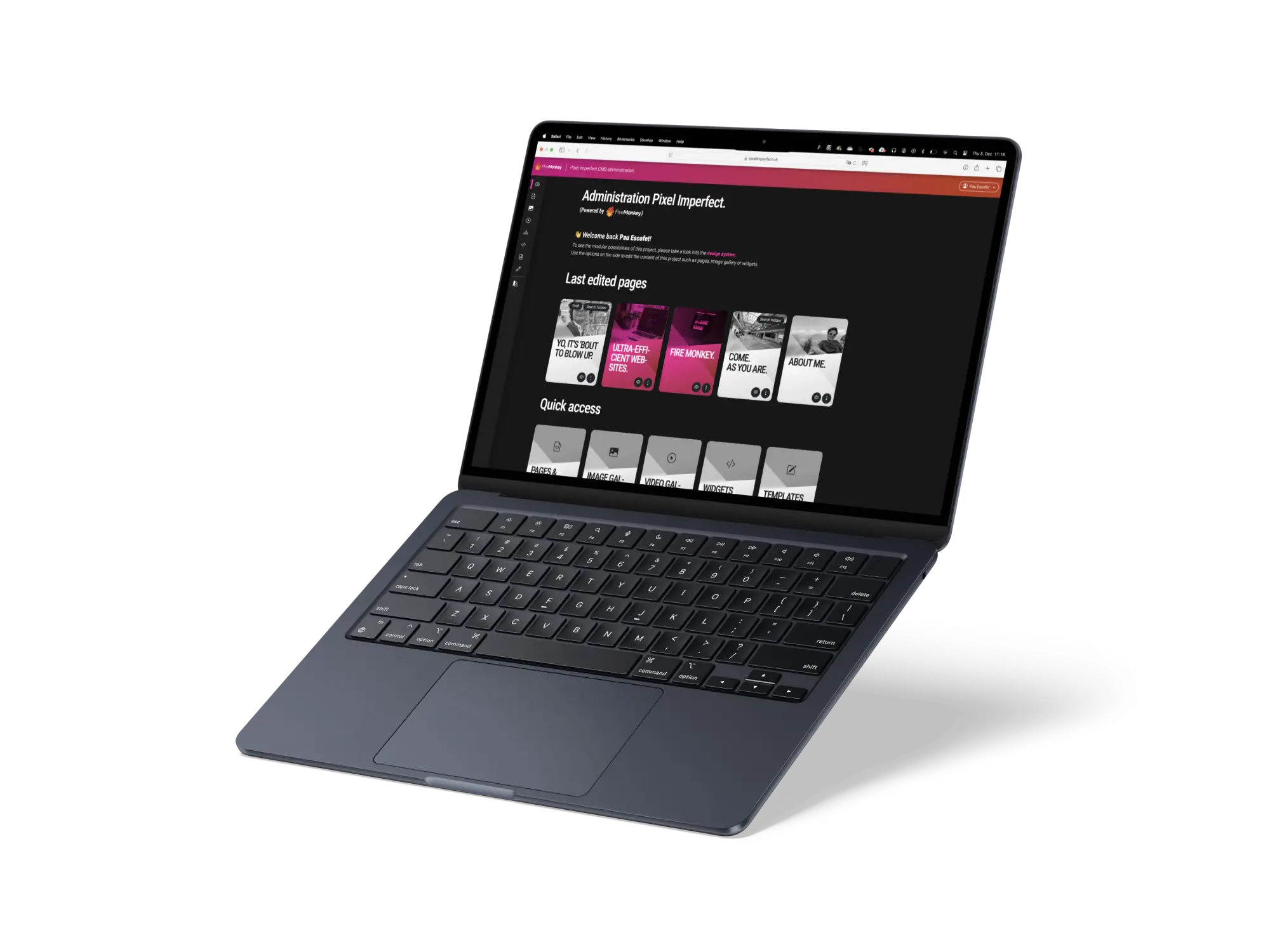
Opinion
Ultra-efficient websites.
Posted
10 November 2024
When we use the internet, every click and every visit to a website has an impact on the environment. It’s as if we don’t want to see it, but the energy consumed to keep our websites running, to watch a streaming video, or to use a voice assistant contributes to increasing the global carbon footprint. Therefore, it is necessary to start becoming aware of sustainability in the digital realm as well.
Every time we load a webpage, energy is consumed. This consumption, although it may seem insignificant, multiplies by millions of daily visits, generating a considerable carbon footprint. For this reason, it is essential that developers and website owners are aware of this impact and seek ways to minimize it. Fortunately, there are tools like Website Carbon Calculator and Ecograder that help us understand the environmental impact of our projects. These tools analyze factors such as page size, server efficiency, and resource usage, providing an estimate of the CO2 emissions generated by each visit.
“The communication industry could use 20% of global electricity by 2025.”
Source: Climate Home News
To give us an idea, on average, each visit to a webpage produces around 0.8 grams of CO2. This value can vary depending on the complexity of the site and the efficiency of the resources used. However, in the context of sustainability, only websites with an impact of less than 0.186 grams of CO2 per visit are considered ultra-efficient, classified in categories A and A+.

If a page consumes 5 grams of CO2 and has an average of 10000 monthly visits…
trees are needed to absorb the CO2 produced by this page over the course of a year.
can be traveled by an electric car with same amount of energy consumed by this page.
On the other hand, if we start analyzing websites, it is concerning to see how in professionally developed projects, energy efficiency has been completely ignored, and we can find digital monsters that can generate more than 5 grams of CO2 each time they are loaded. All this without any justification: simply due to carelessness or ignorance (honestly, I don’t know which is worse).
To understand the magnitude of the problem, if a page consumes 5 grams of CO2 and has an average of 10,000 monthly visits, it generates as much carbon dioxide as 29 trees can absorb in a year and consumes enough energy to drive 10,500 km with an electric car.
That’s why, when I developed Pixel Imperfect, one of my priorities was to create an extremely efficient project: combining a meticulously detailed front-end with the Fire Monkey CMS, the result was an ultra-efficient website. By following an exhaustive list of best practices, I managed to reduce its carbon footprint to 0.16 grams of CO2 per visit, placing it in category A.
Is your website energy efficient?
If you are wondering if your website is efficient, there are several strategies you can implement to improve its energy efficiency:
- Optimize Images: Use modern image formats like WebP (no JPEG, and even less PNG) and use specific sizes for each device and screen density.
- Minify Resources: Reduce the size of CSS, JavaScript, and HTML files. Consider if using certain frameworks is really a good idea.
- Choose Efficient Servers: Opt for hosting providers that use renewable energy and optimized servers.
- Implement Cache and CDN: Use caching techniques and content delivery networks (CDN) to reduce the load on servers.
In conclusion, digital sustainability is an aspect we can no longer ignore. By adopting more efficient practices and using optimized tools, we can significantly reduce the carbon footprint of our websites. Every small effort counts, and together, we can make a big difference in protecting our planet.




